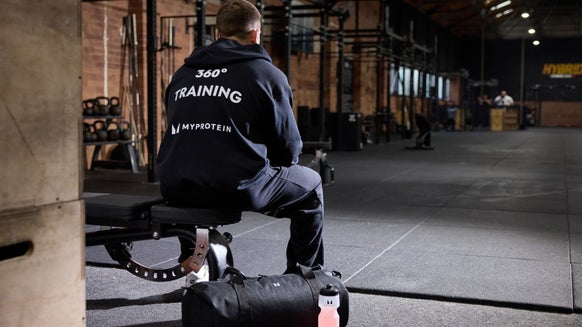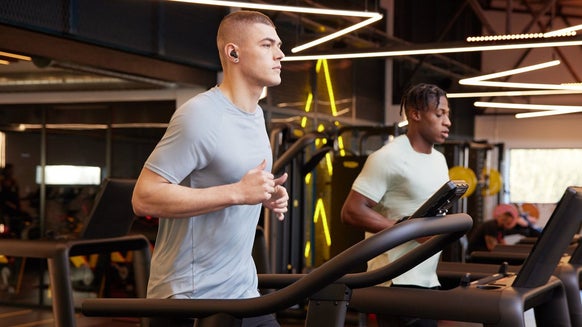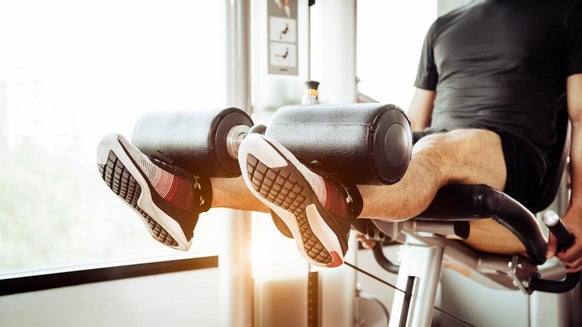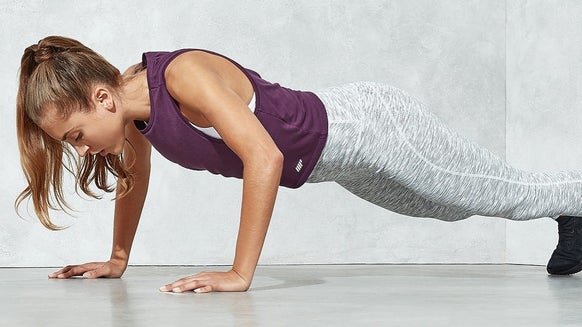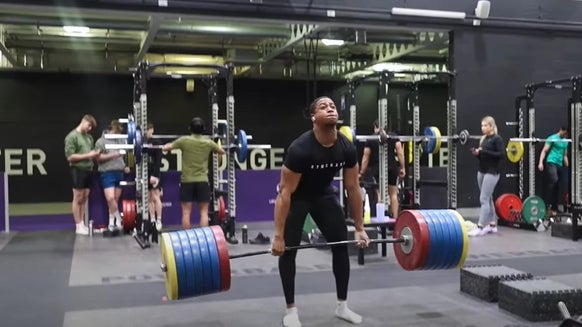TRX Workout | 5 Exercises for Strength
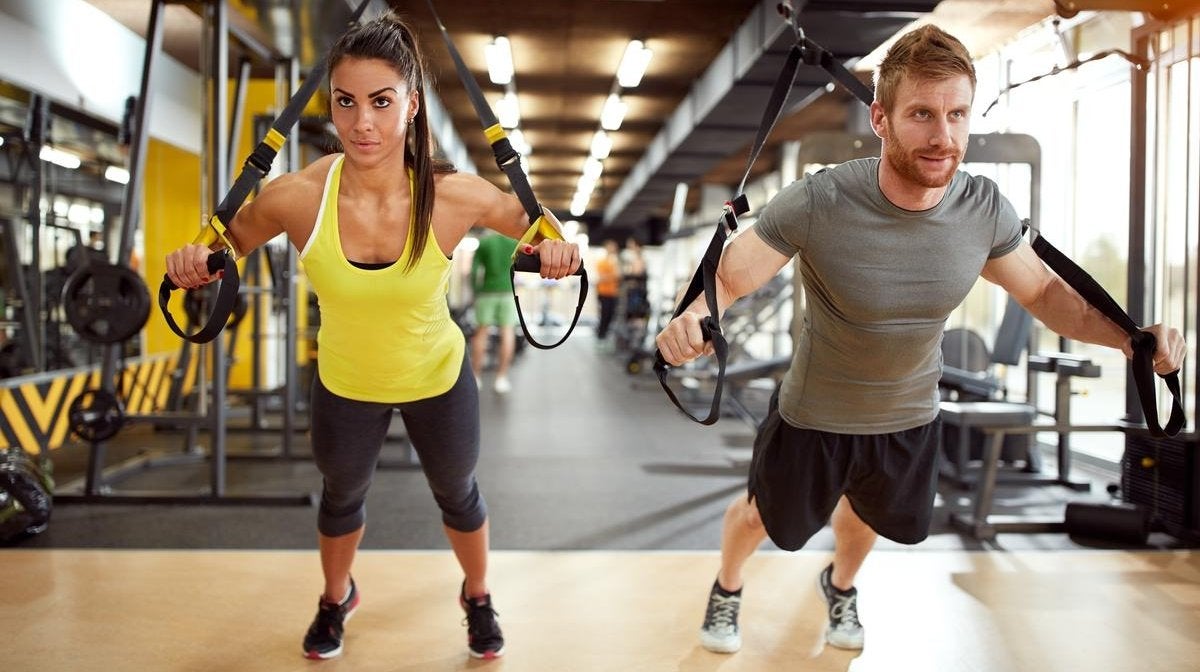
The TRX workout is a form of suspension training developed in the 1990s by a former US Navy Seal, who wanted to develop a bodyweight exercise combining strength, balance, flexibility and core stability.
Now, thanks to its simplicity and versatility, it’s one of the most popular forms of home workouts. The best thing about a suspension trainer is there are hundreds of TRX exercises to work all parts of the body and it’s suitable for people of all abilities.
1. TRX Rear Lunges
- Adjust your TRX to a low setting
- Face away from the TRX, and place one foot into the handle
- Keep your core nice and tight, and take one lunge forward
- When you drop into the deep lunge, your knee should be at a 90-degree angle
Note: Keep your torso engaged and upright.
Sets: 3-4
Reps: 10-12

2. TRX Bicep Curl
- Attach cables to an anchor point above your head, and adjust the straps to hang down about mid-length
- Grab the handles and stand with your body facing the anchor point
- Walk your feet toward the anchor point, keeping the core tight. You will be leaning back slightly and there will be tension on the cables
- Start with your elbows bent higher than your shoulders, palms facing you and handles towards your forehead
- Maintain a strong plank position, and slowly lower your body back towards the floor until your arms are straight
- Slowly bend your arms with control and curl yourself towards the handles to start position
Note: Keep your shoulders down and back throughout the movement and your core engaged throughout.
Sets: 3-4
Reps: 10-12

3. TRX Low Row
- Grab the handles with both hands and lean backwards so the ropes are taut and your body is at an angle
- Let your arms extend out
- With your palms facing in towards each other, pull yourself up to the handles
- The handles should end up right under your chest
- Release yourself back out to complete one rep
Sets: 3-4
Sets: 10-12

4. TRX Single Arm Row
- Stand facing the TRX anchor from a two-foot distance, feet shoulder-width apart
- Hold both straps together in one hand, extending the arm. The shoulder blade on the same side of the arm is retracted and depressed, engaging the upper back muscles. Shorten the straps as needed
- Place your other hand on your hips, and keep your feet shoulder-width apart
- From this starting position, continue to engage the back muscles of the pulling arm, and pull yourself upwards towards the TRX, holding your elbow out at about 45-50 degrees
- Slowly lower yourself back to the starting position, always keeping the back muscles engaged
- Repeat the movement with each arm
Sets: 3-4
Reps: 10-12
5. TRX push–up
- Adjust the TRX to mid-calf length and place your feet/toes in the foot cradles
- Once on your hands and knees, lift your body up and move into a hand-plank position
- Engage your core and lower your chest towards the floor, bending the elbows to 90 degrees.
- Once your elbows are at 90 degrees at the bottom of the movement, drive through your palms and raise yourself back up into the plank position
- Engage your glutes and core throughout to hold a strong plank position
- Once you reach the top of the movement again, push up a bit further than you would with a normal push-up. This will cause your upper back to round slightly and your shoulders to pull back
Sets: 3-4
Reps: 10-12

Take Home Message
An extremely versatile form of suspension training to improve strength, core stability, balance and flexibility, TRX workouts are one to add to your regime.
Remember to adjust the load when required by moving your feet closer or further away. And if you feel the exercises are becoming too easy, move your feet towards the anchor point to increase the difficulty of the exercise.
READ MORE HERE:
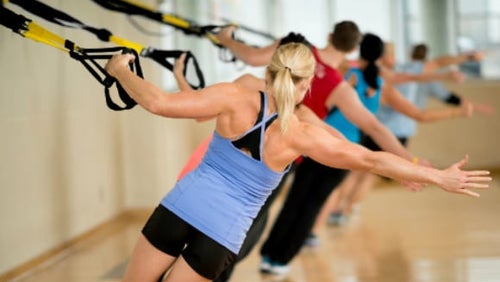
TRX WORKOUTS for beginners





